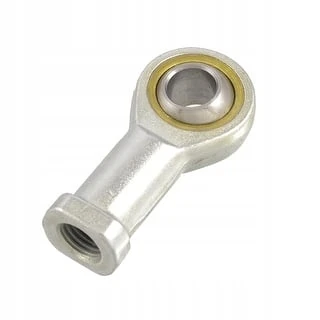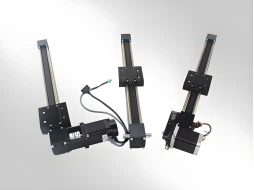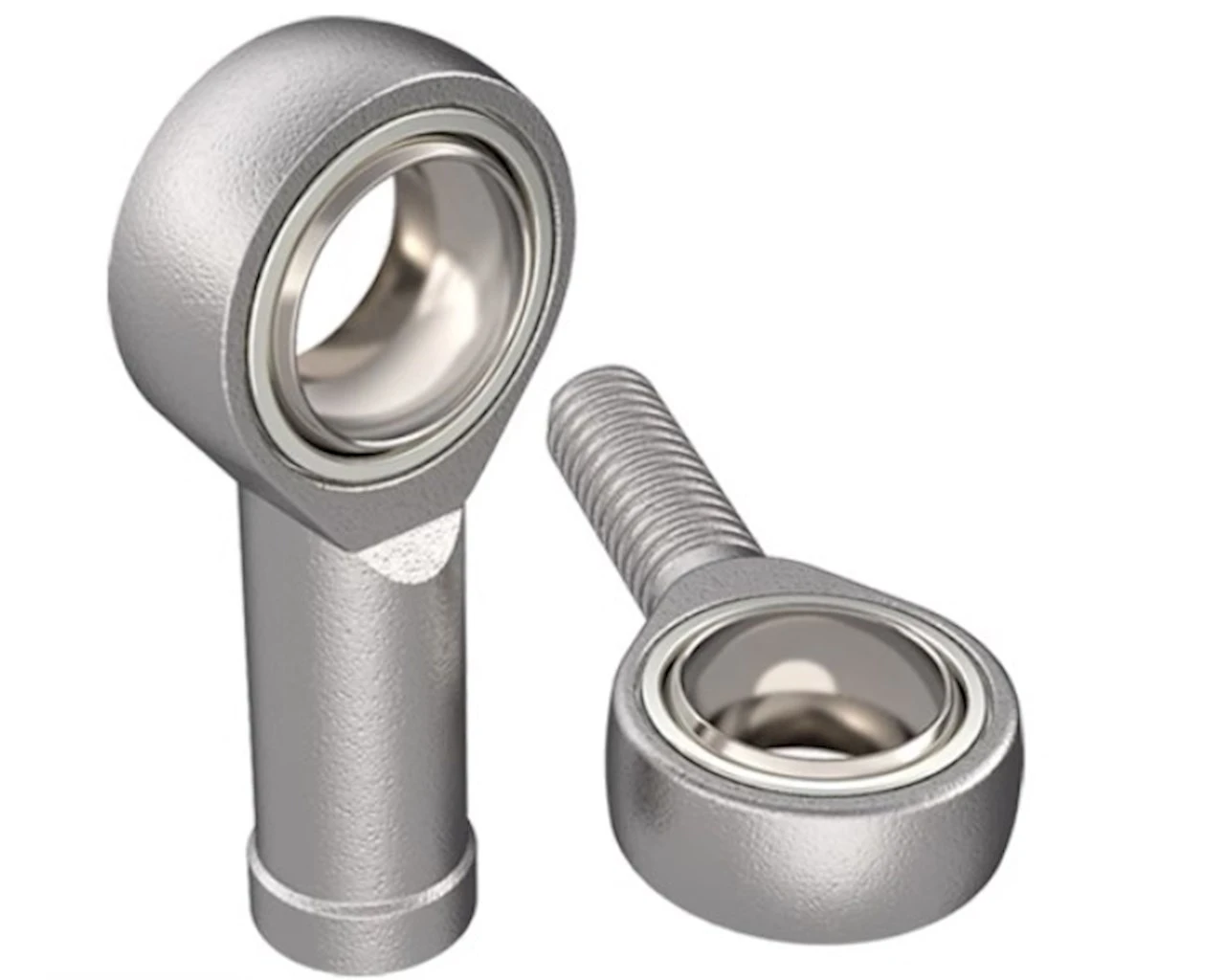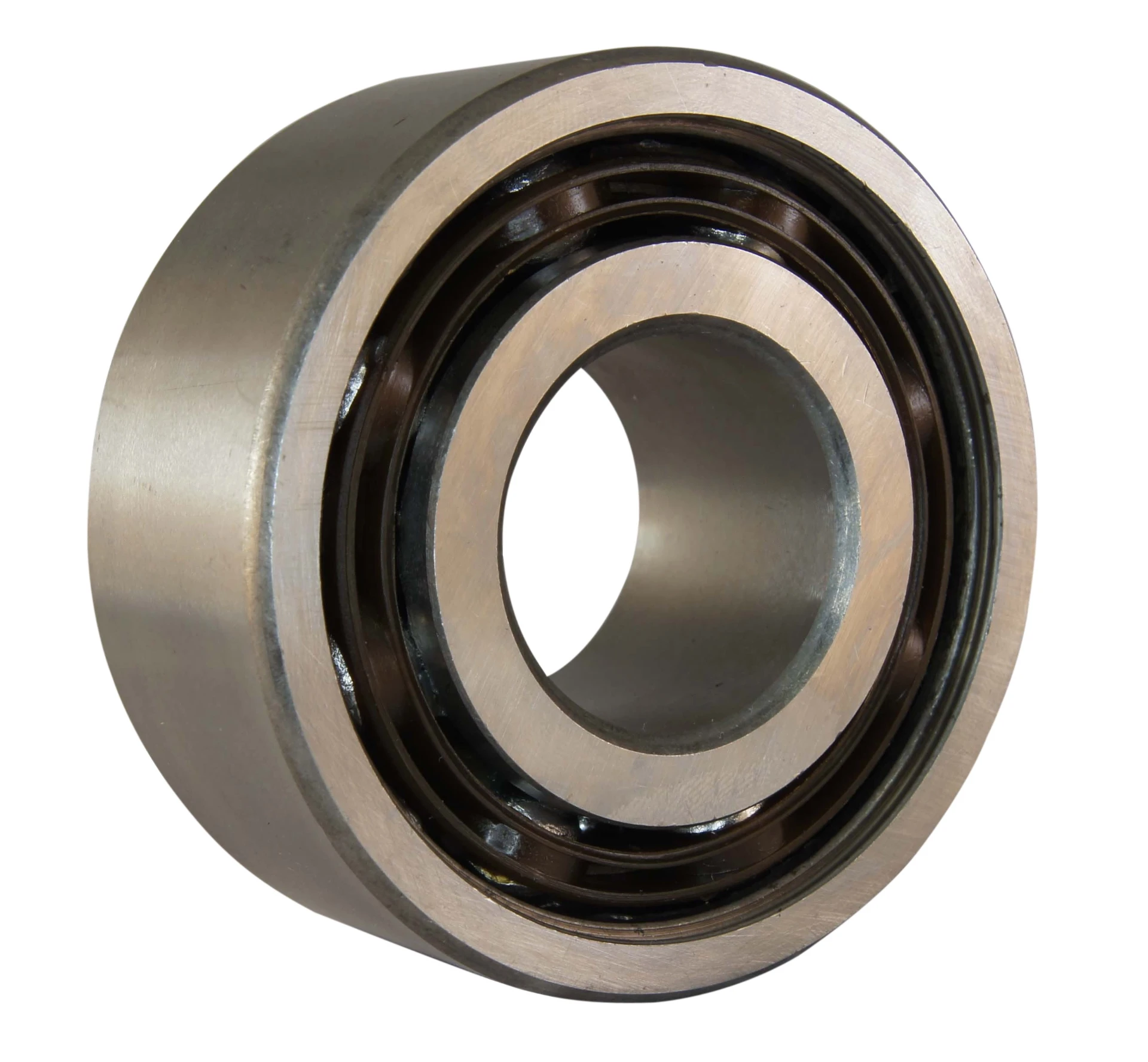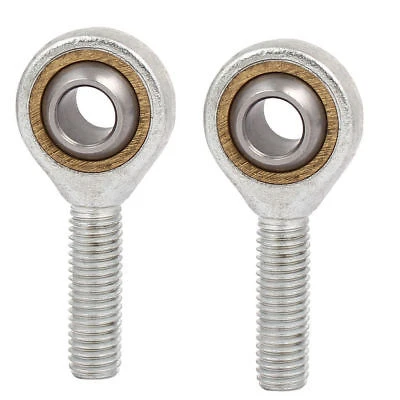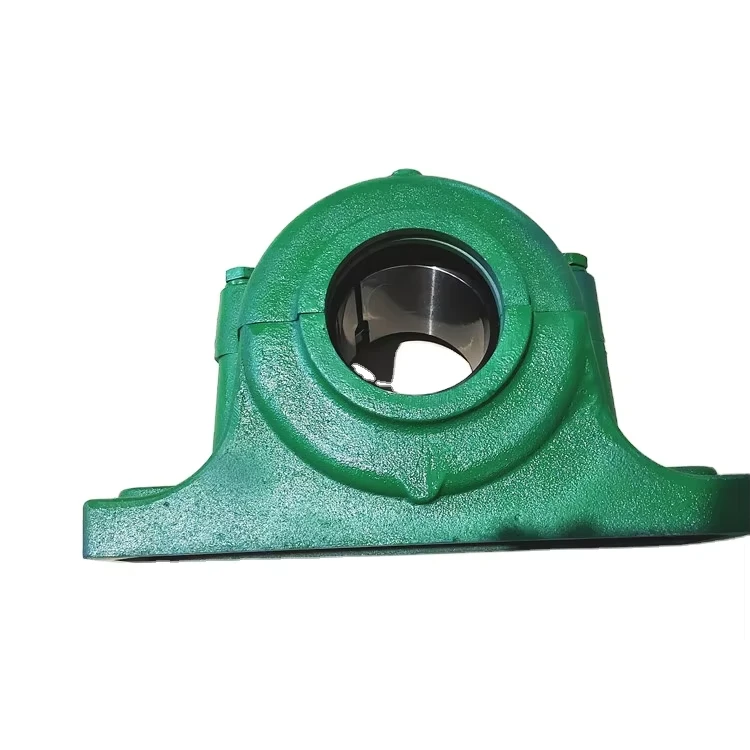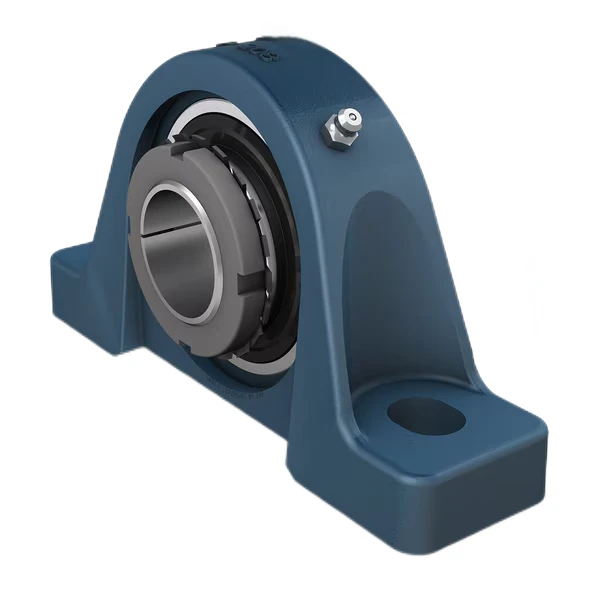Jan . 08, 2025 11:15 Back to list
Special Requirements and Characteristic Analysis of Non-magnetic Casters and Bearings for Hospitals
 The background of the demand for non-magnetic casters and bearings in hospitals
The background of the demand for non-magnetic casters and bearings in hospitals1.In some special places in hospitals, such as around the MRI (Magnetic Resonance Imaging) examination room, the strong magnetic field will produce a strong attraction to objects with magnetism. If casters are magnetic, they may be attracted by the strong magnetic field of MRI equipment, which may cause safety accidents. For example, a magnetic caster could fly rapidly towards the MRI unit, damaging the unit or causing injury to people in the vicinity.

Material requirements for non-magnetic bearings
-
Adoption of non-magnetic materials
- General bearing materials such as certain alloy steels may contain magnetic components such as iron and nickel. For bearings in non-magnetic casters, non-magnetic stainless steel materials such as austenitic stainless steel (e.g. 304, 316 stainless steel) are usually used. These materials are essentially non-magnetic, and the characteristics of their crystal structure determine that they will not be magnetised in a magnetic environment. Taking 304 stainless steel as an example, it contains a large amount of chromium and nickel, and does not contain or contains a very small amount of magnetic components, which can meet the requirements for use in the vicinity of strong magnetic fields.
-
Material purity control
- In the manufacture of non-magnetic bearings, the purity of the material is required to be high. The magnetic impurities that may be mixed in the material need to be strictly controlled. Because even a small amount of magnetic impurities may cause the whole bearing to exhibit magnetism in a strong magnetic field environment. Therefore, in the procurement of raw materials and quality inspection during the production process, it is necessary to ensure the high purity of the bearing material, and use advanced testing equipment, such as high-precision magnetic detector to detect the content of magnetic components in the material.

Special requirements for the machining process of non-magnetic bearings
-
Avoid magnetic pollution
- In the processing of bearings, avoid the use of processing tools and equipment that may be magnetic. For example, some traditional magnetic fixtures, magnetic tools, etc. can not be used for the processing of non-magnetic bearings. The processing environment also needs to be controlled to prevent the adsorption of external magnetic substances. In the grinding, cutting and other processing procedures of the bearing, it is necessary to ensure that the use of abrasives, coolants and other auxiliary materials also do not contain magnetic components.
-
High-precision processing to ensure performance
- Non-magnetic bearings also need high-precision processing to ensure their performance. Because in the environment of hospital equipment, casters need to move smoothly and flexibly. High-precision machining can ensure that the inner and outer ring dimensional accuracy, roundness, cylindricity and other parameters of the bearing meet the requirements. For example, the surface roughness of the inner and outer rings of the bearings needs to be controlled at a low level, and the general requirement is that the Ra value (the arithmetic mean deviation of the contour) should be between 0.8 - 0.2μm, so as to reduce the friction of the bearings in the process of rotation, ensure the smooth rotation of the casters, and at the same time prolong the service life of the bearings.
-
Double Threaded Screw Slide: Achieving an Astounding Precision of 0.01mm while Bearing 100kg!
NewsApr.28,2025
-
Notice of May Day Labor Day Holiday |
NewsApr.24,2025
-
Lightning - Fast 90° Rotation and Pick - up in 6 Seconds!
NewsApr.24,2025
-
Revolutionary 10 - Meter Travel Linear Motors Unveiled
NewsApr.24,2025
-
Linear Module Dual-station Multi-mover Guided Dispensing: A Reliable Helper in Production
NewsApr.22,2025
-
Stop Worrying About Item Transferring! Linear Modules to the Rescue!
NewsApr.18,2025
Products categories
-
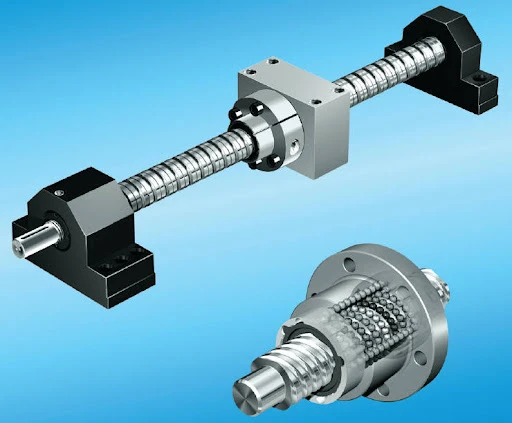 Double Threaded Screw Slide: Achieving an Astounding Precision of 0.01mm while Bearing 100kg!Double thread screw slide # high precision # high loadRead More
Double Threaded Screw Slide: Achieving an Astounding Precision of 0.01mm while Bearing 100kg!Double thread screw slide # high precision # high loadRead More -
 Notice of May Day Labor Day Holiday |Notice of May Day Labor Day Holiday | Grateful for Your Company, Looking Forward to New Achievements TogetherRead More
Notice of May Day Labor Day Holiday |Notice of May Day Labor Day Holiday | Grateful for Your Company, Looking Forward to New Achievements TogetherRead More -
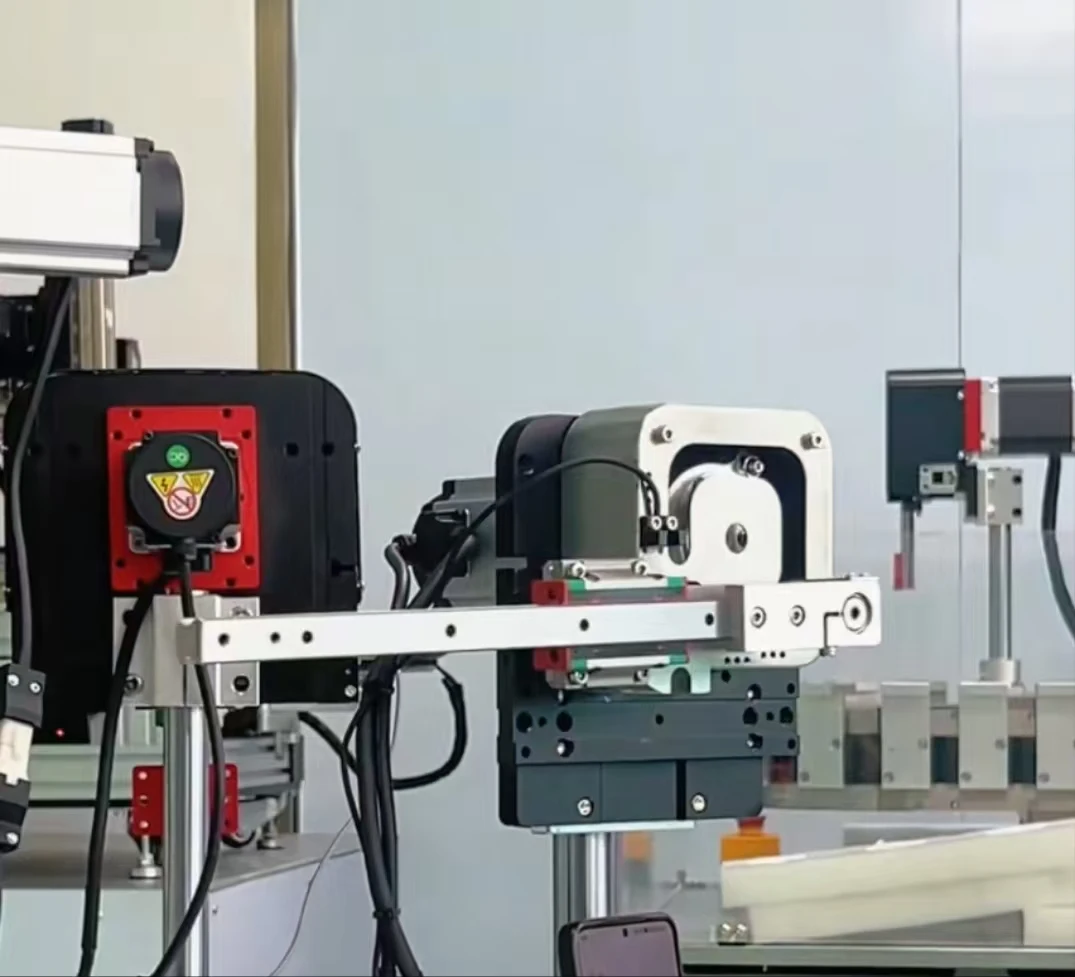 Lightning - Fast 90° Rotation and Pick - up in 6 Seconds!In the fast - paced race of industrial production, efficiency is the core of competitiveneRead More
Lightning - Fast 90° Rotation and Pick - up in 6 Seconds!In the fast - paced race of industrial production, efficiency is the core of competitiveneRead More
Manufacturing & Processing


